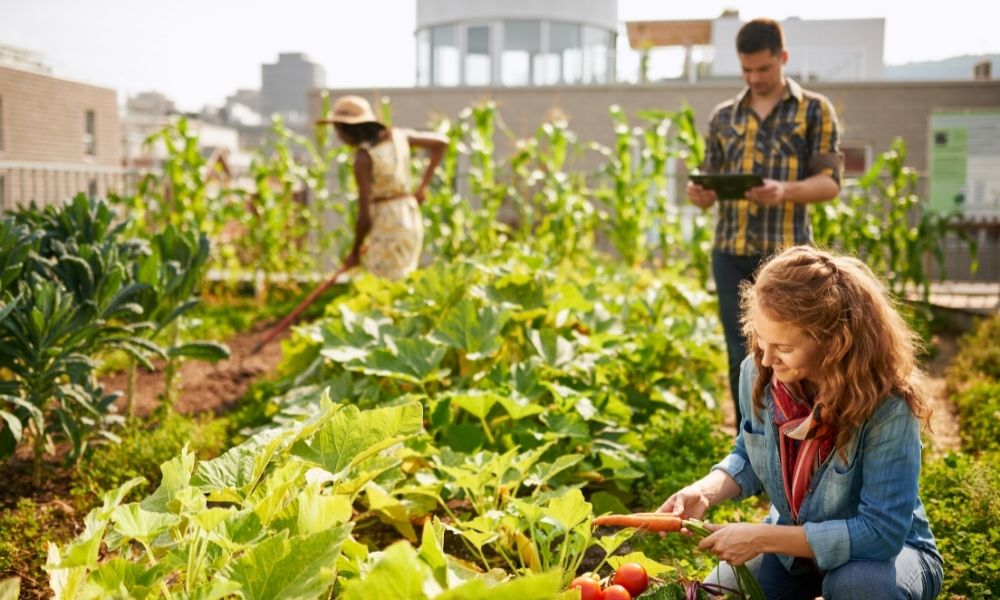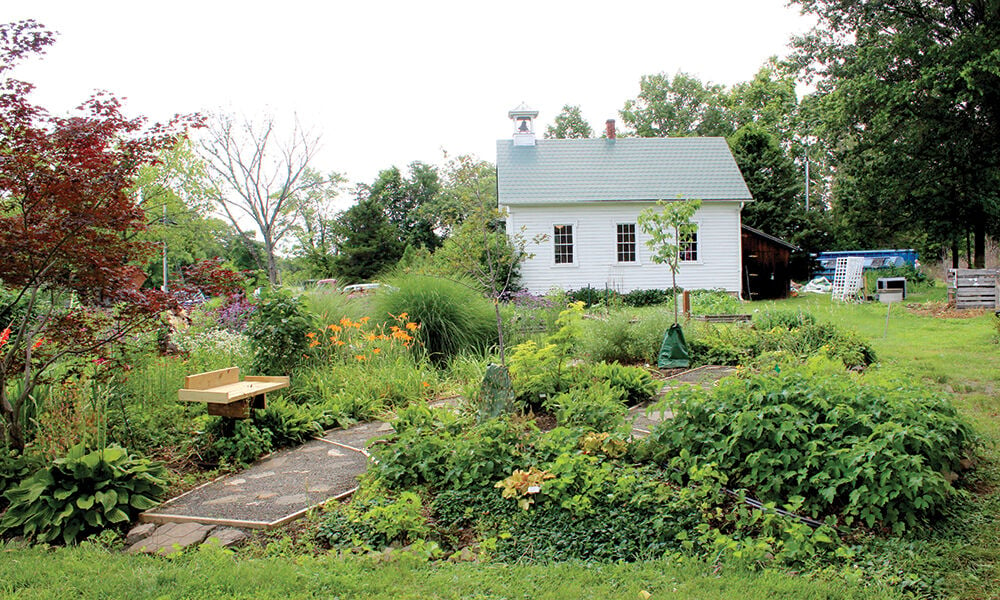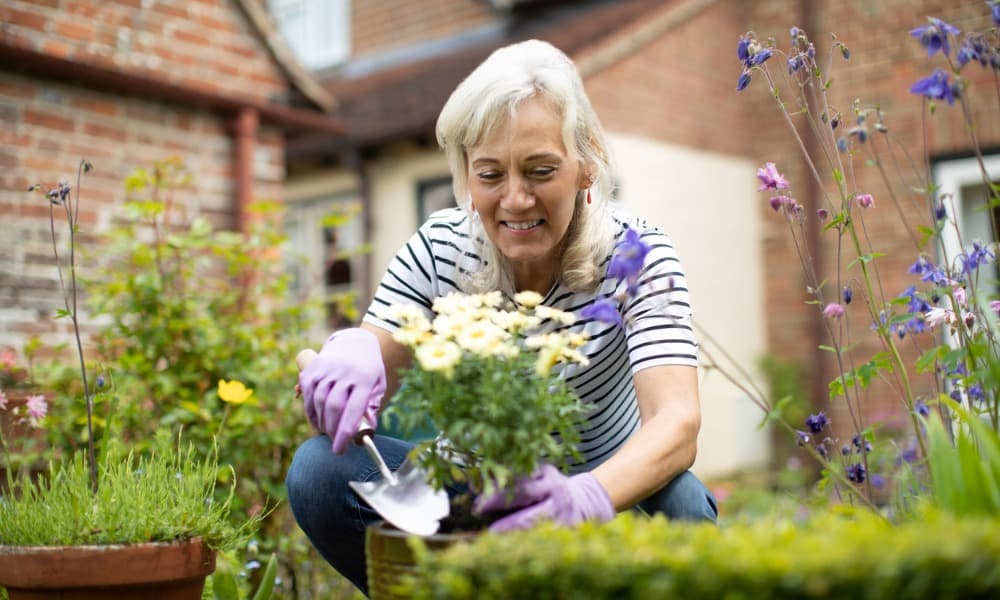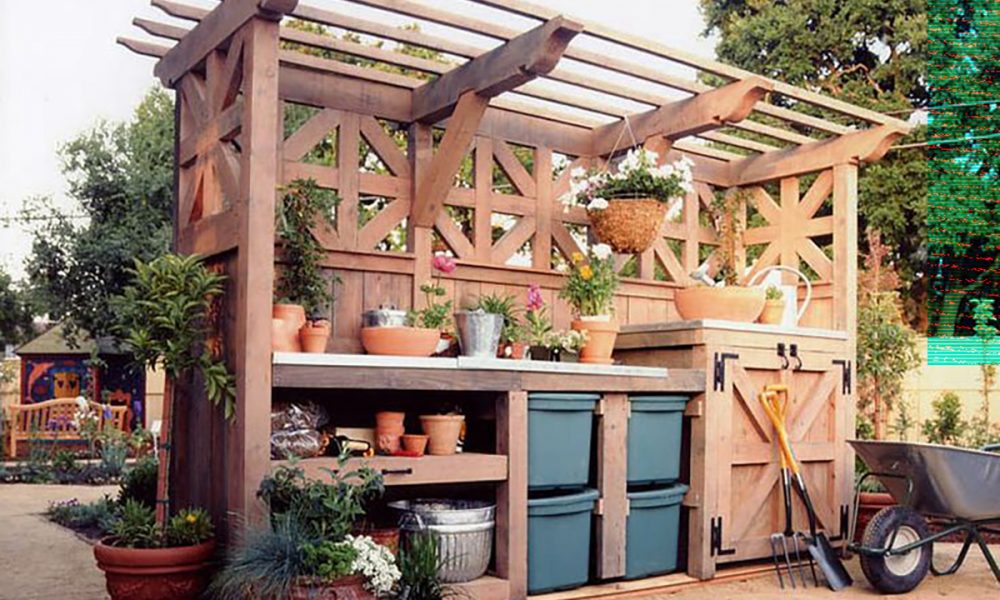As the world becomes increasingly urbanized, cities are facing a growing challenge to provide fresh and healthy food to their residents. In response to this challenge, urban gardening has emerged as a new green revolution, a movement that aims to transform cities into thriving food production hubs. Urban gardening involves growing fruits, vegetables, herbs, and flowers in small spaces such as balconies, rooftops, and community gardens.
Benefits of Urban Gardening
Urban gardening offers numerous benefits to both individuals and communities. Here are some of the benefits:
- Access to fresh and healthy food
- Reduction in carbon footprint by reducing the distance food travels from farm to table
- Improved air quality and reduction in urban heat island effect
- Promotion of biodiversity and preservation of green spaces
- Opportunities for physical activity and stress reduction
- Social engagement and community building
Types of Urban Gardening
Urban gardening can take many forms, depending on the available space, resources, and goals of the gardener. Here are some types of urban gardening:
- Container gardening: This involves growing plants in pots, buckets, or other containers. It is suitable for small spaces such as balconies, windowsills, and patios.
- Vertical gardening: This involves growing plants on walls, fences, or trellises. It is suitable for spaces with limited floor space but ample vertical space.
- Rooftop gardening: This involves growing plants on the roof of a building. It requires careful planning and structural support but can provide a significant amount of food and green space.
- Community gardening: This involves sharing a plot of land with others and working collaboratively to grow food and flowers. It promotes social interaction and community building.
Getting Started with Urban Gardening
Starting an urban garden may seem daunting, but it is easier than you might think. Here are some steps to get started:
- Assess your available space and resources: Determine how much space you have and what resources you will need, such as soil, containers, and tools.
- Choose your plants: Consider what plants will thrive in your space and climate. Choose plants that are easy to grow and maintain, such as herbs, tomatoes, and leafy greens.
- Prepare your soil: If you are growing in containers, choose a high-quality potting mix. If you are growing in the ground, test your soil and amend it as needed.
- Plant your garden: Follow the planting instructions for your chosen plants, and give them plenty of water and sunlight.
- Maintain your garden: Regularly water, fertilize, and prune your plants to ensure they stay healthy and productive.
- Enjoy your harvest: Harvest your fruits and vegetables when they are ripe, and enjoy the fruits of your labor!
Urban gardening is a new green revolution that is transforming cities into thriving food production hubs. By growing fresh and healthy food in small spaces, urban gardeners are reducing their carbon footprint, improving air quality, promoting biodiversity, and building communities. With a little planning and effort, anyone can start an urban garden and reap the benefits of this sustainable and rewarding activity.





